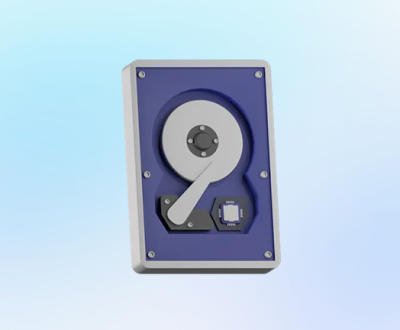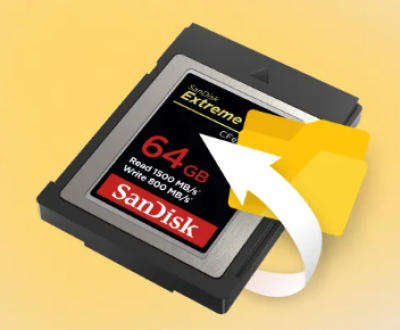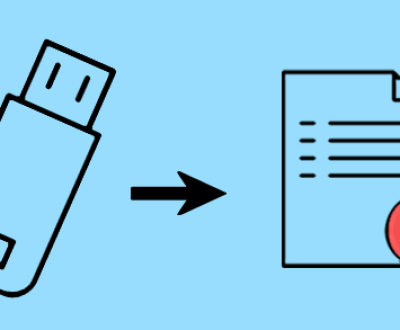Fortunately, data recovery services can assist in retrieving lost files. This guide will cover the price factors that influence the cost of data recovery services for hard disks, from basic recovery procedures to more complex cases, including the different service providers, the type of failure, and the size of the storage. Understanding these factors will help you navigate the often confusing world of data recovery pricing.
Data recovery is the process of retrieving lost, deleted, or inaccessible data from storage media like hard drives, SSDs, and other storage devices. Recovery services are usually needed when a hard disk fails due to various reasons such as physical damage, logical errors, malware, or corruption. Depending on the extent of the damage and the techniques used, data recovery services can range in price from a few hundred dollars to thousands.

There are two types of recovery:
Logical Data Recovery: This involves fixing software or file system issues. It’s typically less expensive than physical recovery because it doesn’t require opening the hard drive.
Physical Data Recovery: This is required when there’s actual physical damage to the drive, like a head crash or motor failure. It often involves opening the hard disk in a cleanroom environment, making it more expensive.
2. Factors Affecting the Cost of Data Recovery
Several factors contribute to the price of data recovery services. These include the type of hard drive, the complexity of the problem, the level of service, and the recovery success rate.
Type of Hard Disk:
Traditional Hard Disk Drives (HDDs): These are generally cheaper to recover compared to SSDs (Solid State Drives). The recovery process for HDDs is well-established, and the parts are more readily available.
Solid State Drives (SSDs): Due to the technology and the way data is stored, SSD recovery can be more difficult and expensive. SSDs have a lower success rate for recovery, especially when it comes to physical damage.
Severity of the Damage:
Logical Failures: If the failure is due to a simple software issue, the cost is typically lower. Common logical issues include accidental file deletion, corruption, or partition loss.
Physical Damage: When a drive suffers from physical damage (e.g., a head crash, motor failure, or water damage), the cost of recovery increases significantly. It requires specialized tools, a cleanroom environment, and expert engineers to repair or replace components of the drive.
Data Recovery Techniques:
Software-Based Recovery: This is the most affordable method, typically used for simple cases like accidental deletion or file corruption.
Advanced Recovery Techniques: When hardware is damaged, the recovery process involves more complex procedures, including component-level repairs. This makes the recovery process much more costly.
Service Provider and Location:
Local vs. National Providers: Prices may differ depending on the provider’s location. Smaller, local firms may charge less, while national or international firms often have higher overhead costs.
Cleanroom Facilities: Some recovery centers have cleanroom environments (ISO certified) for handling the hard drives, which increases the cost due to the highly controlled environment required to avoid further damage during recovery.
3. Breakdown of Data Recovery Costs
To understand the price range for data recovery services, let’s break down the cost depending on the type of recovery and service provider.
Basic Logical Recovery:
This is the least expensive form of data recovery. When the issue is related to file corruption, accidental deletion, or partition loss, recovery is often straightforward. Prices for this range from $100 to $500 depending on the complexity and the service provider. The recovery typically involves the use of specialized software to retrieve files without opening the drive.
Advanced Logical Recovery:
If the data loss is more severe (e.g., due to corruption or damage to the file system), advanced logical recovery may be necessary. This can cost anywhere from $500 to $1.500 depending on the complexity of the issue. In this case, engineers may need to perform manual repairs to the file system or the partition table.
Physical Damage Recovery:
When the hard disk experiences physical damage, the price for recovery significantly increases. The process involves opening the hard drive in a cleanroom, replacing faulty components like the read/write heads, and using specialized equipment to recover the data. For HDDs, this can range from $700 to $2.500. depending on the severity of the damage. SSD data recovery for physical damage may cost even more, ranging from $1.000 to $5.000.
Data Recovery for SSDs:
As mentioned earlier, SSD data recovery is generally more expensive due to the complexity of the storage technology. If the failure is logical, costs may range from $300 to $800. However, if the SSD suffers from physical failure, the costs can rise significantly, often exceeding $1.500 or more. The success rate for SSD recovery is generally lower compared to traditional HDDs, and this is reflected in the pricing.
Emergency or 24/7 Data Recovery:
Many providers offer emergency recovery services where they attempt to retrieve the data as quickly as possible, often within hours or a few days. This premium service can be up to 50% more expensive than standard data recovery services. Expect to pay $1.000 to $3.000 for emergency recovery, depending on the type of failure.
4. Pricing Based on Data Size
Another factor that can impact the cost of data recovery is the amount of data being recovered. If the drive has a large capacity, the process of scanning and recovering files can take longer, which can increase the cost. Many providers base their prices on the number of gigabytes or terabytes of data to be recovered.
Small Data Recovery (Up to 500 GB):
For smaller drives, like those with less than 500 GB of data, prices range from $100 to $1.000 depending on the type of failure and the recovery process. This is often seen with smaller personal drives or external drives used for backups.
Medium to Large Data Recovery (1 TB to 3 TB):
For drives in this range, especially those used in businesses or for larger personal collections of data, recovery can range from $500 to $2.000. again depending on the severity of the damage.
Very Large Data Recovery (Above 3 TB):
If you are dealing with high-capacity drives, such as enterprise-level storage solutions, prices can reach $2.000 to $5.000 or more. Large-scale data recovery requires significantly more time and resources, and it’s often more expensive to handle these cases.
5. DIY Data Recovery Tools vs Professional Services
Some individuals attempt to recover their data using DIY tools and software. While this may be an attractive option for those looking to save money, it often doesn’t work as effectively as professional recovery services, especially for physically damaged drives.
DIY software tools are generally more affordable, with prices ranging from $50 to $200. However, if the damage is physical or if the data is critical, professional services are often the best route, even if they are more expensive. These services have the expertise, equipment, and cleanroom environments necessary for ensuring the highest chance of recovery.
6. Insurance and Data Recovery Plans
Some companies offer data recovery insurance or plans that help offset the cost of data recovery in case of a failure. These plans are generally available for businesses or large organizations, and they can be beneficial in reducing the financial burden of data recovery.
However, it’s essential to read the terms carefully to understand the coverage and any exclusions related to the type of data loss that may occur. These plans can sometimes be bundled with hardware warranties or offered as separate services.
About us and this blog
Panda Assistant is built on the latest data recovery algorithms, ensuring that no file is too damaged, too lost, or too corrupted to be recovered.
Request a free quote
We believe that data recovery shouldn’t be a daunting task. That’s why we’ve designed Panda Assistant to be as easy to use as it is powerful. With a few clicks, you can initiate a scan, preview recoverable files, and restore your data all within a matter of minutes.
Subscribe to our newsletter!
More from our blog
See all postsRecent Posts
- How to recover deleted word document 2025-07-09
- How to recover deleted photos on sd memory card 2025-07-09
- How to recover completely deleted files 2025-07-09

 Try lt Free
Try lt Free Recovery success rate of up to
Recovery success rate of up to









